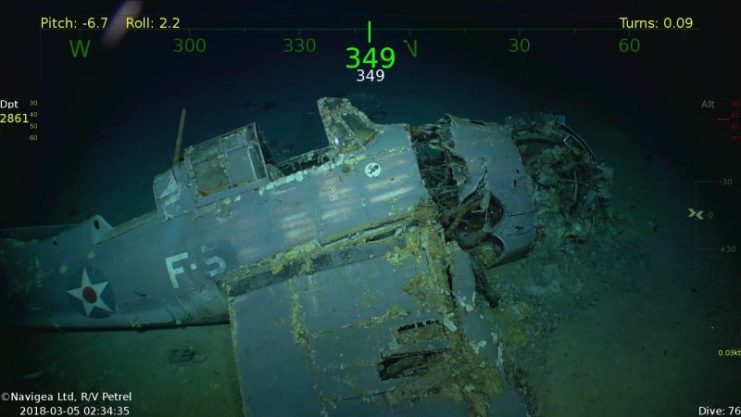Back in February of 2019, Paul Allen owned R/V Petrel found the Imperial Japanese Navy battleship Hiei which had been sunk by Allied forces in 1942 off of the Solomon Islands. The IJN Hiei is significant because it is the first battleship that the US sank in WWII.
New technologies have allowed searchers to discover undersea wrecks at a faster rate than ever. The last year has been especially prolific for deep sea exploration and discovery.
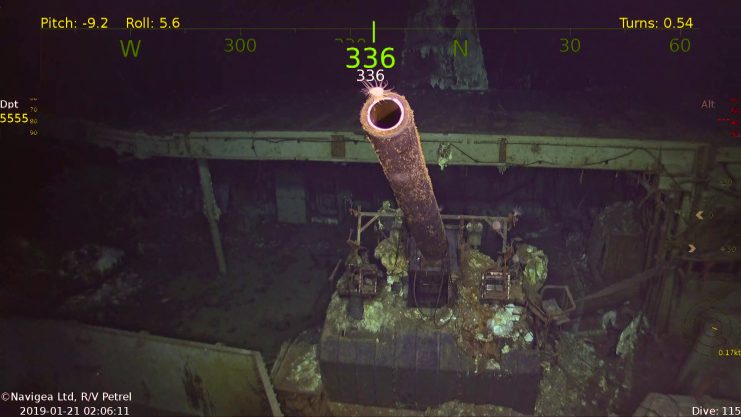
The difficulty in locating the wreck came from the fact that there was confusion when the ship was scuttled and it was recorded as being sunk in two different places.
Shortly after finding the IJN Hiei, the R/V Petrel found the aircraft carrier USS Hornet. This was a ship that helped launch the famous Doolittle Raid and was a part of the Battle of Midway before it was sunk during the Battle of the Santa Cruz Islands.
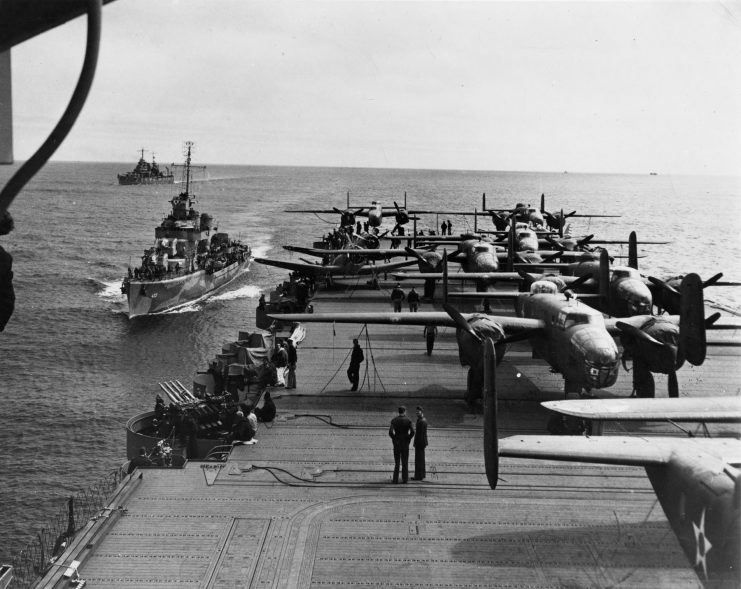
The R/V Petrel also found the USS Wasp around the same time. When the Wasp was sunk, it left the USS Hornet as the only working aircraft carrier in the US fleet until the USS Enterprise finished repairs and was returned to service.
The R/V Petrel then went on to find the USS Strong, a destroyer which was sunk by a Japanese torpedo. It is believed to have been one of the longest successful torpedo strikes in the history of naval warfare.
The Petrel also found four Japanese warships. Included in these discoveries is the IJN Niizuki. The IJN Niizuki is credited with the long torpedo shot that sank the USS Strong.
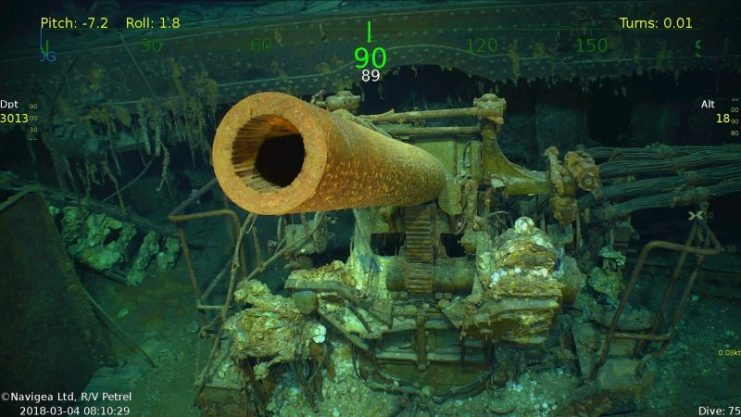
In the Atlantic and the Mediterranean, Ocean Infinity’s Seabed Constructor found two sunken submarines.
The San Juan was an Argentinian submarine that sank in November of 2017 after reporting that water had entered through the snorkel and shorted out her batteries. Seabed Constructor found that wreck in November 2018.
Then, in July 2019, the Seabed Constructor found the Minerve. The Minerve was a French submarine that sank in the Gulf of Lion during a training mission in 1968.
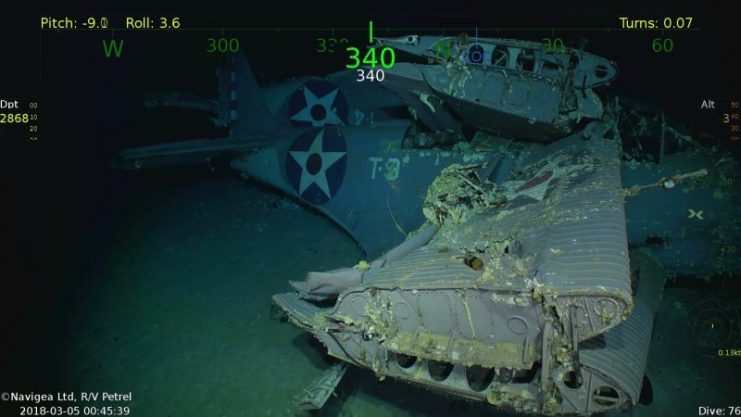
Both of these research ships are outfitted with multibeam echosounder sonar systems. These systems are able to use sonar pings to develop a three dimensional image of the ocean floor.
As opposed to typical sonar systems, multibeam sonars use multiple transducers to both speed up the process of mapping the ocean floor and create much more detailed maps in the process.
The R/V Petrel has a REMUS 6000 autonomous underwater vehicle (AUV), which allows it to search the ocean floor up to 18,000 feet deep. The Seabed Constructor has six Hugin AUVs that swim in formation and connect to drones on the surface. This allows the searchers to cover a greater area while also exploring down to 18,000 feet.
This technology is combined with underwater survey systems and with GPS. It is now quicker and easier to develop an accurate map of the ocean floor than ever before.
The data from these AUVs is fed through software which is able to quickly identify structures like gun turrets, hulls, etc. If it flags something as interesting, the crew can send a remote operated vehicle with a camera down to take a closer look.
Another Article From Us: Submarines Vanish From The Seabed & They Contained Remains of 77 Crew Members
This exciting new technology has allowed researchers to write the final chapter on some of these ships, gather information that may make future ships safer, and bring closure to families whose loved ones were lost at sea.
